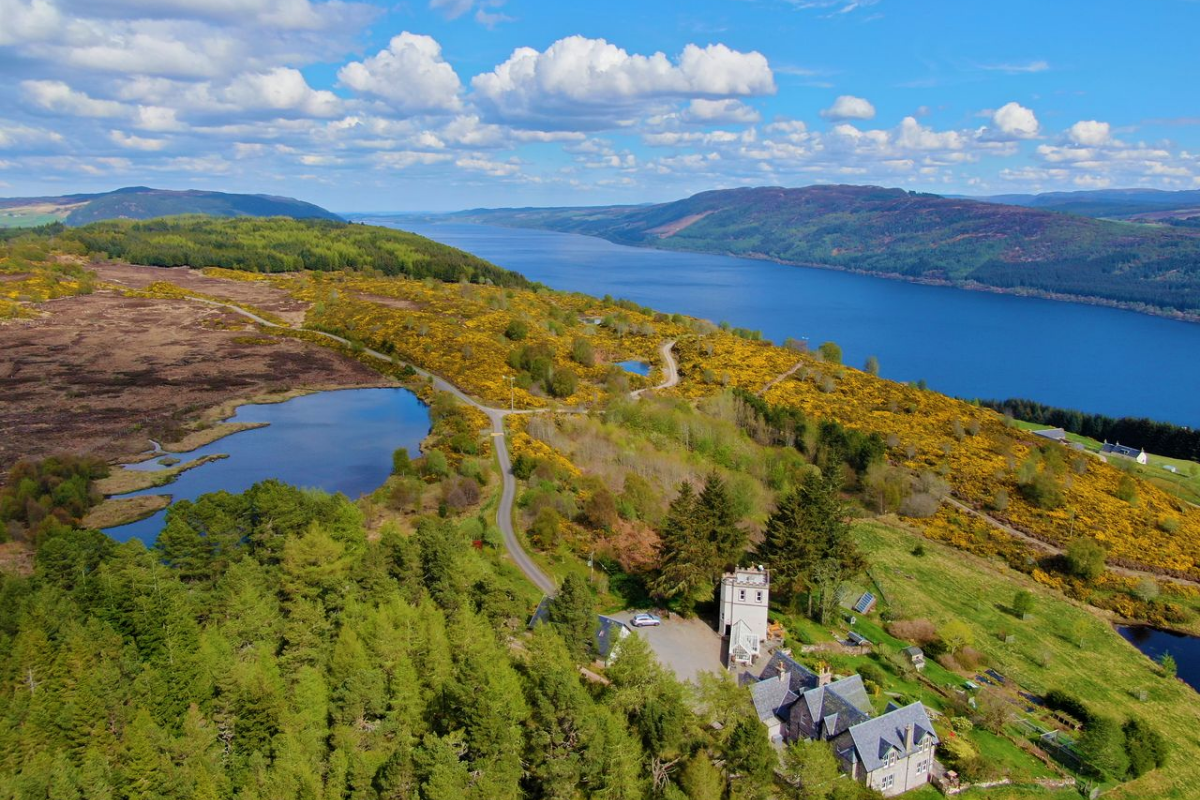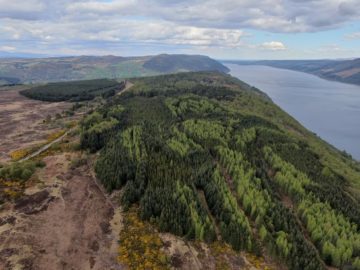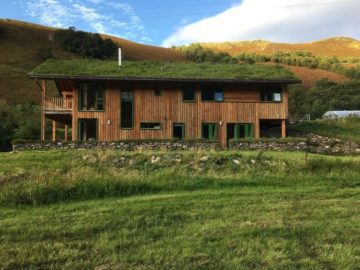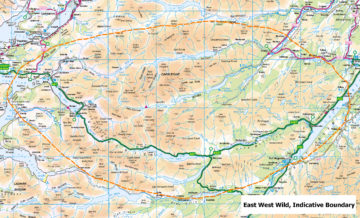With support from Rewilding Europe, the rewilding of the Bunloit Estate will enhance wild nature, boost the local economy and lock up carbon. The estate’s innovative management approach could drive further nature recovery across the region.

Committed collaboration
Rewilding Europe has entered a new partnership with the 511-hectare Bunloit Estate, which overlooks Loch Ness in the Scottish Highlands. Having signed a memorandum of understanding in May, Rewilding Europe will provide rewilding expertise going forwards. Rewilding Europe Capital, which is supported by the European Investment Bank and the Dutch Postcode Lottery, has invested 75,000 euros in a Bunloit green bond to assist with the estate purchase.
“In our post-Covid-19 world we need to rebuild economies, tackle climate change and reverse biodiversity decline,” says Jeremy Leggett, a clean energy pioneer and former scientific director of Greenpeace who has just acquired the estate. “Rewilding Europe’s support will prove vital as we look to create green livelihoods, recover wild nature and contribute to a zero-carbon future.”
The road to recovery

Bunloit is a typical Scottish Highland estate, with a varied landscape and diverse wildlife, which includes healthy populations of deer (red, roe, fallow and sika). Rewilding the estate will principally focus on woodland, peatland and pasture.
Bunloit’s eclectic mix of woodland is home to both broadleaf and coniferous trees, with native species such as Caledonian pine and birch, and commercial plantations of non-native species such as Sitka spruce, which are far less abundant in wild nature than native woodland. Developing a rewilding-focused management model for the estate will mean working out the best way to harvest some of these trees, and how to replace them with native species. It will also mean controlling deer populations through culling, to ensure such species can thrive.
A game-changing proposition

Some of the wood harvested on the Bunloit Estate will be used by Makar, a local company that designs and builds climate-friendly eco-homes. A limited number of these (all beyond zero carbon) will be built on the Bunloit Estate and sold to private buyers.
After the money invested in Bunloit has been repaid, the funds generated will be combined with forestry revenue, nature-based tourism income and income from carbon offsetting to further rewild the land, lock up more carbon, and potentially acquire further estates in the area.
“The Bunloit management approach has significant scalability potential,” says Rob Stoneman, Rewilding Europe’s Rewilding Area Coordinator. “It could lead to a change in the way land is used in the Scottish Highlands, with a far greater focus on the rewilding of landscapes as a means of locking up carbon. It could also contribute to a rethink about construction and the ability of wooden buildings to act as long-term carbon stores.”
Scaling up

The Bunloit Estate is located on the eastern edge of the proposed East-West Wild landscape corridor, which runs westward from Loch Ness to the coast, encompassing Glens Cannich, Affric, Moriston and Shiel. The aim of the initiative is to enhance the wild nature and nature-based economy of the area by forming a coalition of landowners and communities. As such, the transformation of the Bunloit Estate could provide a role model (and financial mechanism) for further rewilding.
“Bunloit is a fantastic learning laboratory,” says Jamie Lawrence, Rewilding Europe’s Forest and Offset Business Developer. “Based on such a visionary mission and management approach, I’m really excited to see how rewilding progresses here.”
Want to know more?
- Rewilding Europe Capital
- Rewilding forests (page 32 of the Rewilding Europe Annual Review 2019)
- East-West Wild
